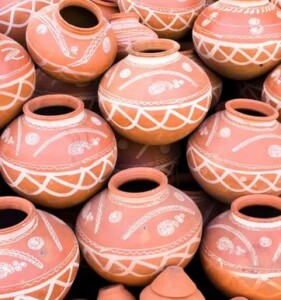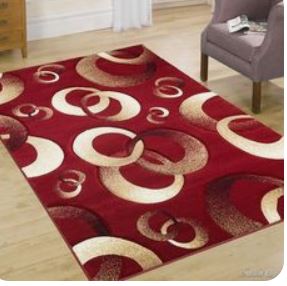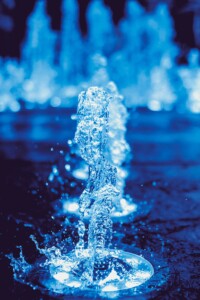
Five Element Theory pervades all of Chinese metaphysics and medicine. The Five Elements are often called “Agents” or “Transformations” because they are in flux and one yields to the other within what is called the Productive Cycle of the Elements. These Five Elements (Water, Wood, Fire, Earth, and Metal) should not be confused with the Elements of Western Astrology and metaphysics: Water, Fire, Earth and Air.
The Five Elements have many attributes and they can be interpreted uniquely for whatever domain they are being used in, such as in Feng Shui, Chinese Astrology, Nine Star Ki or Chinese medicine. For example, the Wood Element may mean something different in each discipline, but also have some things in common in each system.

On any given day, there will be two positions for the Elements to represent each the Hour, the Day, the Month and the Year. If we say it is a Wood Horse Day, then it is a combination of Wood and Fire since the Horse sign is inherently related to the Fire Element. If it is a Metal Monkey Year, then it is a combination of Metal and Earth since the Monkey is an “earth” sign.
Elements can take on Yin or Yang attributes as well. So the distinctions and categories can get very nuanced. In Nine Star Ki, the 9 Fire star may represent a back pack or it may represent in another instance a bomb. We could say the backpack is more “yin” than the bomb, being too yang when exploding. Like Yin-Yang Theory, the Elements can be described and correlated with numerous mundane traits which form the basis of our reality.Below is just a modest list with some of the Five Element Associations:
Metal: pungent taste, emotion of grief, organ-the lungs, body area the nose, color-white, season-autumn, direction west and weather-dry.
Wood: sour taste, emotion of anger, organ-liver, body-eyes, color-green, season-spring, direction-east and weather aspect-wind.
Water: salty taste, emotion of fear, organ-kidneys, body-ears, color-black, season-winter, direction-north and weather aspect-cold.

Fire: bitter taste, emotion of joy, organ-heart, body-tongue, color-red, season-summer, direction-south and weather aspect-hot.
Earth: sweet taste, emotion-contemplation, organ-stomach, body-mouth, color yellow, season-all transitional times between seasons, direction-center, weather aspect-wet.

There are many more associations, but this is just a brief list.
In Feng Shui, the Elements can combine to create a new Element and this is revealed in the mystical “He Tu” calculations such as star 4 (wood) and star 9 (fire) joining in the West to create Metal. It is from this strange, non-obvious metaphysical alchemy that we discover in Flying Star Feng Shui why certain star combinations have their meanings. In the He Tu diagram, star 2(earth) and star 7 (metal) join in the South and those stars can signify a potential for a literal fire accident.

Understanding the Five Elements on a deep level can reveal to us the orderliness of the Universe and at the same time, the practical applications for everyday living.
Author: Kartar Diamond
Company: Feng Shui Solutions ®
From the Feng Shui Theory Blog Series
